The 1970s had a decorating style all its own—bold, loud, and often questionable. It was a time when houses were drenched in shag carpet, wallpaper came in dizzying patterns, and the color brown somehow became the pinnacle of chic. Whether you grew up in a home decked out in avocado green appliances or recall visiting a relative whose walls looked like an optical illusion, there’s no denying that ’70s décor was unforgettable. But while some elements of the decade’s style have made a comeback, others are better left in the past. Here are 15 unusual home decorating trends from the ’70s that we definitely don’t miss.
1. Avocado Green and Harvest Gold Appliances
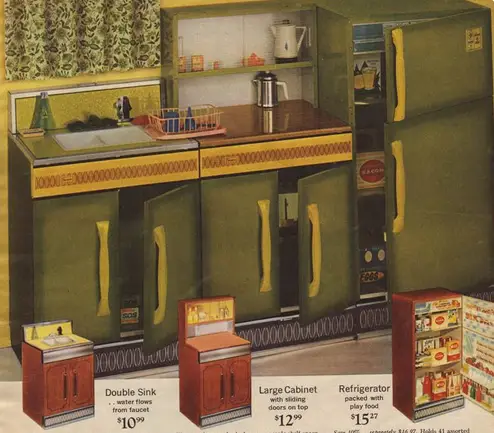
If your kitchen didn’t have an avocado green or harvest gold fridge, were you even living in the ’70s? These earth-toned appliances were everywhere, from refrigerators to dishwashers to stovetops, making every kitchen look like it belonged in a forest-themed fever dream. The idea was to bring a more natural feel into the home, but in practice, it just made everything look permanently dated.
The worst part? These appliances were built to last, meaning some people were still stuck with them well into the ’90s. And while retro appliances are making a comeback in some circles, modern homeowners generally prefer sleek stainless steel or classic white over these heavy, drab hues.
2. Shag Carpet Everywhere
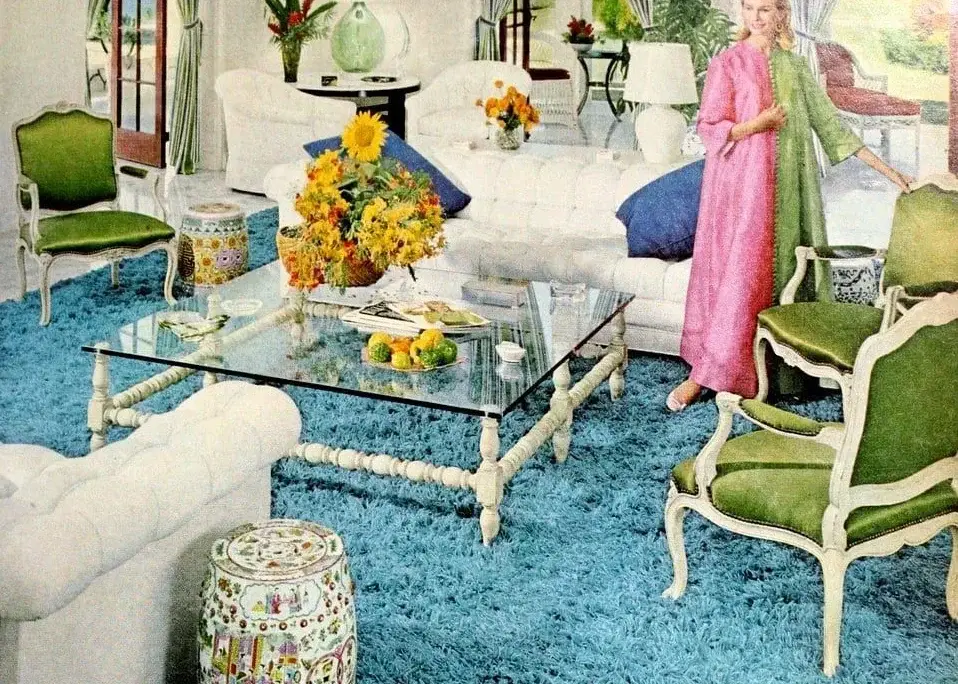
Shag carpeting was the ultimate status symbol of the ’70s, covering floors in long, fluffy, often questionably colored fibers. Homeowners loved its plush feel, but the problem was that it trapped everything—dust, crumbs, pet hair, and who knows what else. Cleaning it required an industrial-strength vacuum (and even that wasn’t always enough).
Even worse, shag carpet wasn’t limited to floors. Some bold decorators extended it up walls or even onto furniture, creating rooms that looked more like giant furry caves than livable spaces. While carpeting in general has never gone out of style, the excessive commitment to shag—especially in colors like burnt orange and mustard yellow—was a trend we were more than happy to leave behind.
3. Wood Paneling Overload
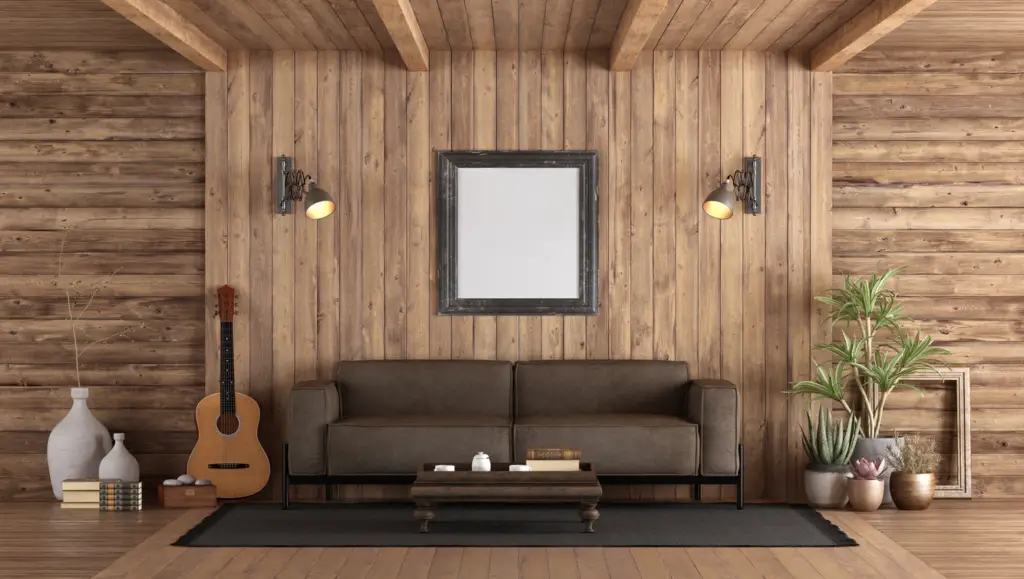
Walk into any ’70s living room, and you were likely greeted by walls entirely covered in dark wood paneling. It was supposed to give homes a warm, rustic feel, but instead, it made rooms feel claustrophobic and dim. The panels were often cheap, too, made of thin veneer that warped over time and turned an already depressing wall into an even sadder one.
The only thing worse than regular wood paneling? Faux wood paneling, which was essentially pressed cardboard with a wood grain print on top. Peeling, fading, and impossible to remove without tearing up the drywall, it’s no surprise that when the ’80s rolled around, people started painting over it just to escape the endless sea of brown.
4. Beaded Door Curtains
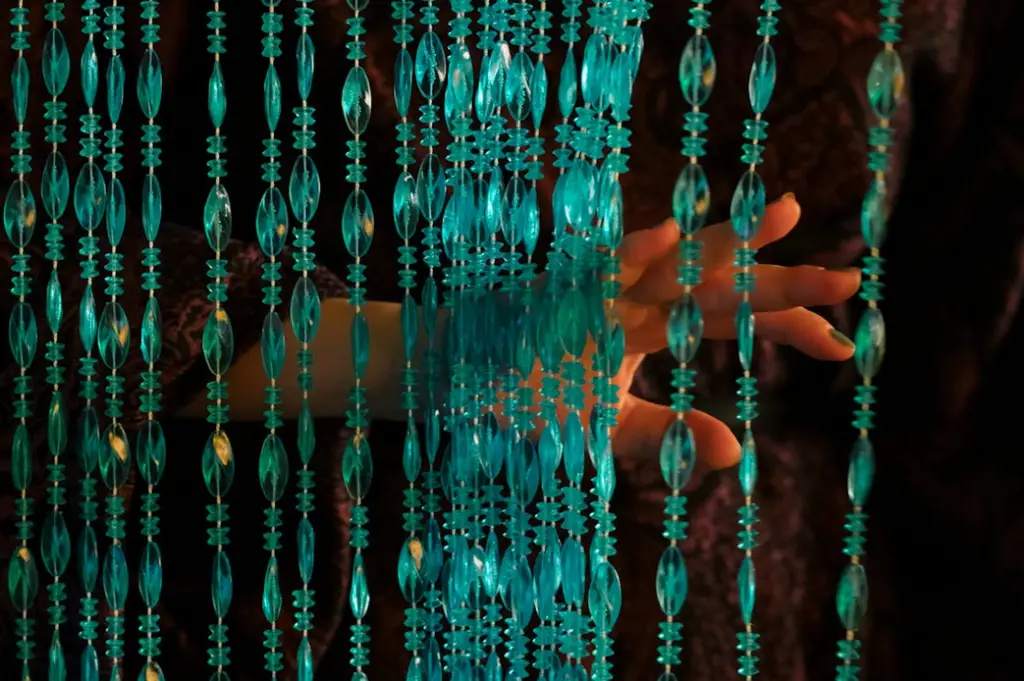
For some reason, people in the ’70s thought that actual doors were overrated, so they installed beaded curtains instead. These weren’t just for teenage bedrooms—entire doorways were lined with strings of clacking wooden beads that offered zero privacy and tangled around anyone who tried to walk through them.
While they were meant to add a groovy, bohemian vibe, in reality, they were just annoying. They collected dust, constantly got twisted, and if you had long hair, there was a good chance you’d get stuck in them. Thankfully, this trend didn’t last, and most people happily replaced them with actual doors again.
5. Sunken Living Rooms
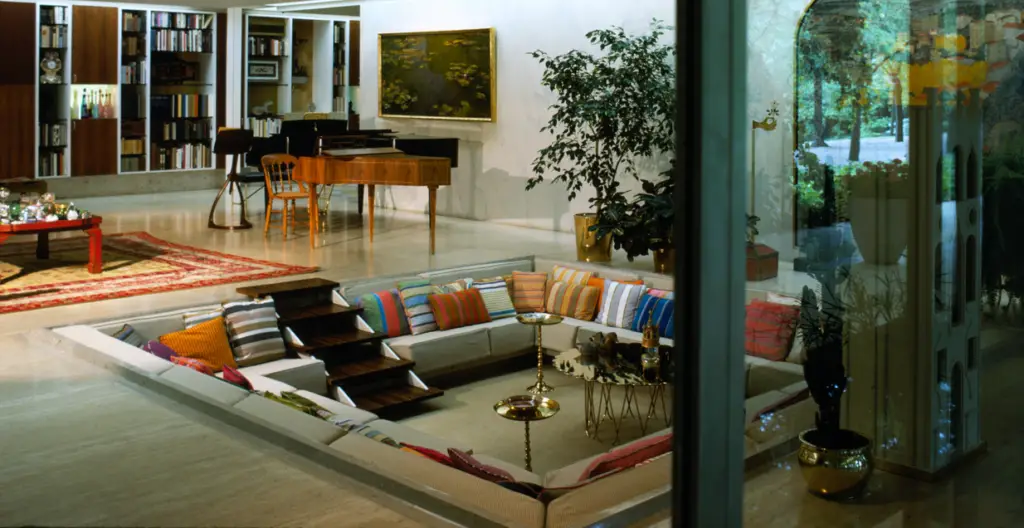
The conversation pit was a bold architectural choice that designers swore would revolutionize home layouts. These sunken living rooms were designed to bring people together in a cozy, intimate setting—but in practice, they were a disaster waiting to happen. One misstep, and you’d find yourself tumbling into the pit like an unsuspecting sitcom character.
And let’s not forget the challenges of decorating one. Trying to fit modern furniture into a recessed space made rearranging nearly impossible. While they had a certain cool factor at the time, most homeowners eventually opted for flat, practical floors over these built-in trip hazards.
6. Overuse of Macramé
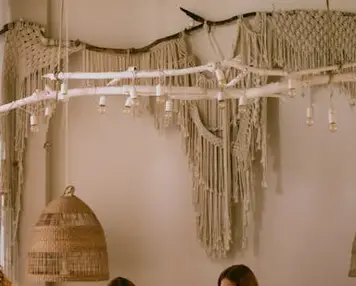
Macramé was everywhere in the ’70s. Hanging planters, wall art, room dividers—if you could knot it together with rope, people found a way to hang it on their walls. While a little macramé isn’t so bad, the problem was that people took it too far, covering entire rooms in woven rope creations that collected dust like crazy.
It also didn’t help that the color schemes leaned heavily toward beige, brown, and more brown. While macramé has made a bit of a comeback in small doses, the overwhelming, all-encompassing version of the ’70s is one trend we’re happy to keep in the past.
7. Matching Bathroom Sets—Down to the Toilet Seat Cover
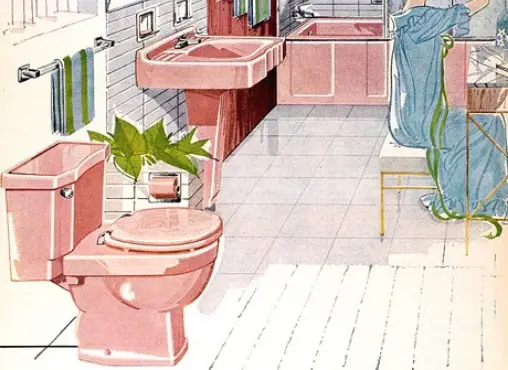
The ’70s took color coordination to the extreme, especially in bathrooms. If you had a green or brown bathroom, every single item—from the shower curtain to the rugs to the padded toilet seat cover—matched exactly. Some sets even came with fuzzy covers for the tank and a coordinating rug that wrapped around the base of the toilet.
Not only did these setups look ridiculous, but they were also incredibly unhygienic. Those plush toilet seat covers absorbed everything (and not in a good way). While color-coordinated bathrooms still exist, thankfully, today’s homeowners are a little more subtle about it.
8. Gigantic Wicker Furniture Sets
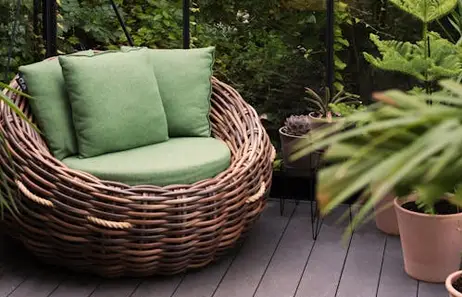
Wicker furniture works fine outside, but in the ’70s, people decided to bring it inside—in the form of massive, clunky pieces that took up half the room. Whether it was a towering peacock chair or an entire wicker living room set, these scratchy, uncomfortable seats made homes look like indoor patios.
And the worst part? Wicker furniture was loud. Every time you shifted positions, it creaked and groaned like it was about to fall apart. While a little rattan here and there can be stylish, the full indoor wicker takeover of the ’70s is one trend we don’t need to revisit.
9. Terrarium Tables
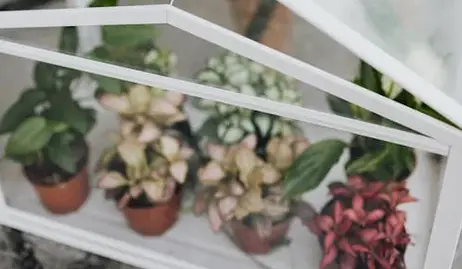
Instead of just putting a potted plant on a side table, people in the ’70s went all in and built entire mini-jungles inside their coffee tables. These glass-encased terrariums housed ferns, moss, and sometimes lizards, turning a simple living room centerpiece into a full-blown ecosystem.
While they looked cool at first, the maintenance was a nightmare. Keeping the plants alive required just the right amount of water and light, and if anything started rotting, it was trapped under glass for everyone to smell. These tables were more trouble than they were worth, which is why they quietly disappeared by the time the ’80s rolled around.
10. Mushroom-Themed Kitchens
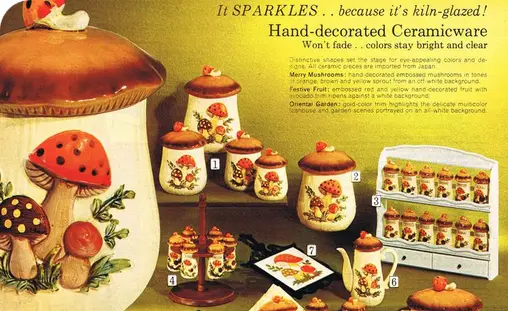
For some reason, mushrooms became the kitchen motif of the ’70s. From canisters to curtains to wallpaper, the little fungi were everywhere, usually in shades of brown, orange, and yellow.
While it gave kitchens a “natural” look, it quickly became too much. It’s safe to say that most people were relieved when the mushroom craze faded—though you can still find the occasional retro kitchen hanging on for dear life.
11. Carpeted Bathrooms
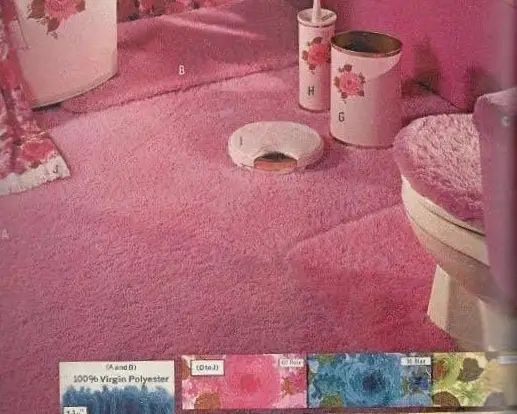
Yes, you read that right. In the 1970s, some homeowners thought it was a good idea to extend their wall-to-wall carpeting into the bathroom. The logic was that it made bathrooms feel warmer and cozier, but in reality, it turned them into a mildew-ridden nightmare.
Water splashes, steam, and all the humidity from hot showers made these carpets a breeding ground for mold and bacteria. And if someone missed the toilet? Forget about it. The smell would linger forever. Thankfully, this trend was flushed down the drain by the time the ‘80s rolled around, and tile or linoleum rightfully reclaimed their place.
12. Bamboo and Rattan Furniture Overload
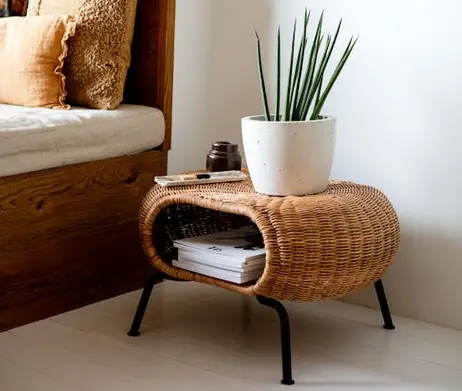
The ‘70s were all about bringing “natural” elements indoors, and for some reason, that meant stuffing homes with bamboo and rattan furniture. Entire living rooms were filled with rattan chairs, wicker end tables, and even bamboo coffee tables, making homes look like a tropical hotel lobby.
While a well-placed rattan chair can still work today, the problem in the ‘70s was that everyone overdid it. Combined with other earth tones like brown and mustard yellow, homes started to look more like jungle huts than cozy living spaces. Plus, rattan was notoriously uncomfortable, creaking with every move and leaving weird imprints on your skin if you sat too long.
13. Over-the-Top Brick Fireplaces
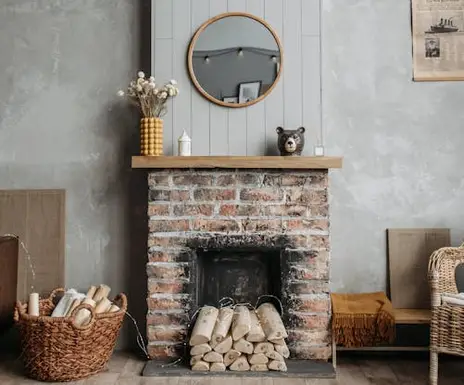
A fireplace can be a beautiful focal point in a home, but the ‘70s took it to another level. Instead of a simple brick fireplace, homeowners went all out, covering entire walls in thick, uneven bricks with oversized mantels and built-in wood storage. The result? Living rooms started looking more like medieval castles than cozy family spaces.
Not only were these fireplaces massive, but they also dominated the room, making it nearly impossible to arrange furniture. And once the trend died, people realized that getting rid of all that brick was a nightmare—often requiring professional demolition. While fireplaces will never go out of style, the giant fortress look is one trend that’s best left in the past.
The 1970s were an unforgettable decade for home décor—sometimes in a good way, but often in ways that make us cringe today. While a few trends have made a modern comeback in more tasteful forms, others are best left in the past. After all, no one really misses avocado green kitchens, shag-covered walls, or furniture that literally tried to eat you with static cling. If nothing else, these decorating choices remind us just how bold the ’70s were—and why we’re perfectly fine leaving them behind.


